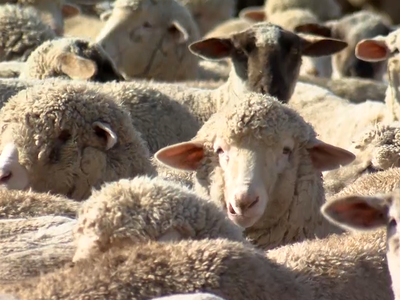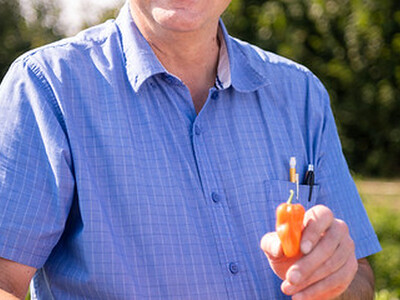E15 Delay & Longshore Resolution
E15 Delay & Longshore Resolution plus Food Forethought. I’m Greg Martin with today’s Northwest Report.
On Tuesday, the House Committee on Science, Space and Technology has passed a bill, H.R. 3199 that that would require the National Academy of Sciences to conduct further testing on the effects of E15 on vehicles and other engines before allowing it to enter into the marketplace. If passed into law it would delay the implementation of E15 by at least 18 months. Growth Energy CEO, Tom Bius says that’s unacceptable.
BIUS: EPA and the Department of Energy have gone through extensive testing, more testing than any fuel change in the history of the Environmental Protection Agency for a waiver. And now at the last moment, the congressman and his committee want to delay it even further, another 2 years and we just find that unacceptable.
It appears peace has come to a troubled corner of Washington State. Longshore union workers handled the first grain ship to dock at the $200 million EGT terminal in Longview. The union and grain terminal operator resolved fundamental issues but talks are continuing on a contract. The first grain ship will take 57,000 tons of Washington wheat to South Korea. EGT expects to load 150 to 200 ships a year, carrying wheat, corn and soybeans to Asia.
Now with today’s Food Forethought, here’s Lacy Gray.
Who hasn’t dreamed of being able to fuel their cars or warm their homes, generating power with everyday run of the mill garbage, just like Doc Brown in Back To the Future. It sure would make things easier financially on an individual basis and on a global scale. What sounds like futuristic dreaming could in actuality be right around the corner. Scientists are currently working on combining photosynthesis, the manner in which plants use sunlight to break apart water and CO2 to release oxygen and build food, with photovoltaic devices which use semiconducting material like silicon in a related way, with incoming photons knocking loose electrons to generate electricity. Right now the amount of electricity produced through this method is minimal, but delving into the sheer possibility of this type of power lowers barriers to this type of research, hopefully making progress in improving its efficiency move much more quickly. Think of it, being able to use anything green - grass clippings, tree trimmings, maybe even that waste that you have to pay to have hauled away, to get affordable low tech electricity. The future is looking bright.
Thanks Lacy. That’s today’s Northwest Report. I’m Greg Martin on the Ag Information Network.














